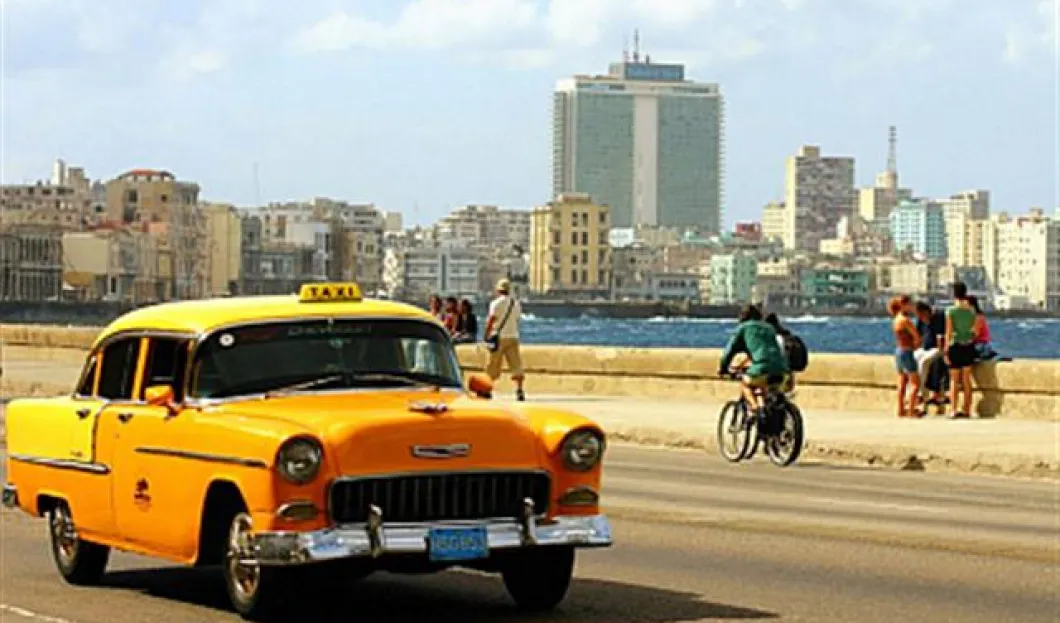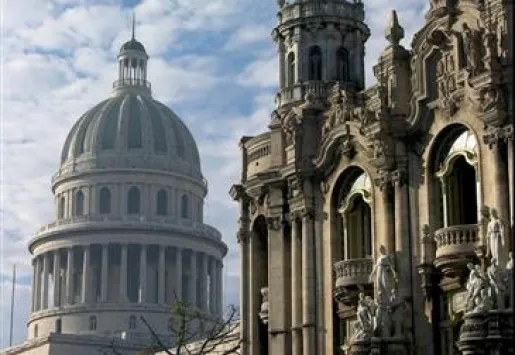
Tourism in Cuba is on the way up thanks to lifted travel restrictions and changing policies. 2.7 million travelers visited the country last year. 2012 is expected to be even more successful.
When it comes to alternative holiday destinations, one country that is on the rise is Cuba. Although their tourism industry has been in decline for a number of years, changes – both to the country itself and to global tourism as a whole – have meant a steady increase. This resulted in 2011 being the best year yet for Cuban tourism with 2.7 million visitors in 2011 and they hold high hopes for 2012.
Cuba has been an area many people have been wary of ever since the revolution of 1959. Prior to this event, it was favored by America as a gambling resort, but it has only been in recent years that its citizens have returned to the island.
This change came after President Obama lifted travel restrictions, in 2009 he lifted the embargo on Cuban-Americans and in 2011 all other Americans were allowed to visit again. The relationship between the two nations is improving as is seen with the agreement to end the exclusion of Cuba from the Organization of United States. As a result American tourism to Cuba is booming, 375,000 Cuban-Americans alone are said to have visited in 2010 and many others can be seen on the streets of Havana, although it is said up to 30,000 were already visiting illegally each year.
The problems faced by Cuba and the lack of tourism cannot be entirely blamed upon the relationship with the US. After the revolution, Cuba made tourism available to Cubans only, right up until the 1990s. This change occurred because the loss of Soviet funding meant they needed to resort to other means to boost their economy.
The solution was to create special, segregated tourist resorts – a 'tourist apartheid' – where foreign visitors could enjoy the best of the country without having to mix with the residents. Until 1997 a Cuban could not contact a tourist without a threat of being branded a potential criminal. This was meant to appeal, allowing visitors a Cuban break without the unwanted Cuban elements, but as concerns grew of human rights issues and Cuban prostitution in the resorts, the appeal faded.
Following the ban on this segregation within facilities and services by Raul Castro in 2008, tourism has been booming. Last year the tourism revenues reached about $2.3 billion. Cuba is now seeing thousands of visitors from across the globe, the majority appears to be Canadian but the rest are mostly made up by European nationalities. As word spread and Europeans find alternative destinations while the unrest in North Africa continues, they could well start to catch up with the Canadians in 2012 and years to come.
Growth is predicted over the coming years with records set to be broken, but while this is great news it also highlights a problem because Cuba is not yet equipped to deal with these numbers. Not until they create more accommodation facilities of better quality will they be able to capitalize on this success and guarantee more returning visitors.
Providing this can be achieved, with such a change in the countries attitudes and fortunes, and the wavering attitudes of tourists, Cuba looks set to enjoy its place as a popular holiday resort in 2012 and many years beyond.














This article is a bit misleading. US citizens who are not Cuban are still restricted from travelling to Cuba unless they fit within very narrow categories and/or go with an organized group for what is called "purpseful travel". No just hanging out at the beach, sightseeing the island, or catching baseball games.
Just wanted to let you know that this article is not factual. Cuban visitation has just toped 2 million not 2.7, and open visitation to Cuba by US citizens is still not fully allowed, only special visas and Cuban Expats.